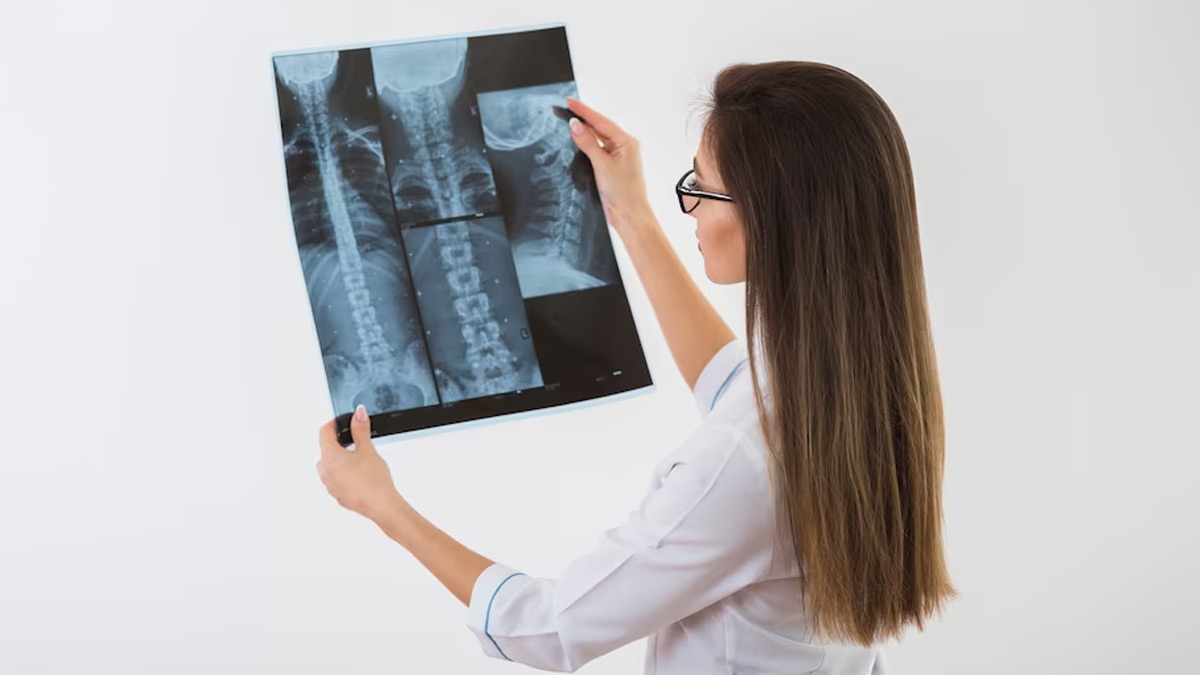
In modern medicine, precise and timely diagnosis is the cornerstone of effective patient care. Among the myriad of imaging techniques, X-ray imaging provides valuable insights into the internal structures of the human body. Traditional film-based X-rays have now been largely replaced by digital X-ray technology, making way for a new era of imaging that brings forth a plethora of unprecedented advantages and virtually limitless applications.
Table of Content:-
Speaking with the editorial team of OnlyMyHealth Mr. Navjot Singh, President, Trivitron Healthcare shares his thoughts on digital x-rays and how it is empowering medical imaging healthcare diagnostics. Here is what he shared with us.
Digital X-ray technology uses digital detectors to capture X-ray images instead of traditional photographic film. These digital detectors convert X-rays into electrical signals, which are then processed and displayed on a computer screen. This transformation from analog to digital imaging brings several significant advantages.
Firstly, digital X-ray imaging offers improved image quality. The digital detectors have a wider dynamic range, allowing for greater image detail and contrast. This enhanced clarity aids radiologists in making accurate diagnoses, leading to better patient outcomes. Additionally, the digital format allows for image manipulation, such as adjusting brightness and contrast, further optimising image quality and aiding interpretation.
Also read: World Milk Day 2023: Why Its Celebrated & Significance
Secondly, digital X-rays significantly reduce radiation exposure. With traditional film-based X-rays, retakes were often required due to under or overexposure, resulting in additional radiation exposure for the patient. Digital X-ray systems can instantly review the captured image, ensuring its quality before the patient leaves the examination room. Moreover, digital detectors are more sensitive to X-rays, requiring lower radiation doses to produce diagnostic images than film-based systems. This reduction in radiation exposure is particularly beneficial for paediatric patients and individuals who require frequent imaging.

Another advantage of digital X-rays is the immediate availability of images. Unlike film-based X-rays that need to be processed manually, digital images are available for review within seconds. This rapid access to images allows for prompt diagnosis and enables healthcare professionals to make informed decisions quickly. In emergencies, where time is of the essence, digital X-rays can be vital in expediting patient care.
Furthermore, digital X-ray technology facilitates seamless integration with electronic health records (EHR) systems. Digital images can be easily stored, retrieved, and shared electronically, eliminating the need for physical storage space and reducing the risk of image loss or damage. This accessibility to patient records enhances collaboration among healthcare providers and improves continuity of care.
Also read: World Milk Day 2023: Why Its Celebrated & Significance
The applications of digital X-ray technology in medical imaging are vast. It is commonly used to diagnose and monitor bone and joint conditions, such as fractures, dislocations, and arthritis. Additionally, digital X-rays are invaluable in evaluating lung conditions, detecting abnormalities in the chest, and assisting in diagnosing respiratory disorders. Dental and orthodontic practices also benefit from digital X-rays, providing detailed images for assessing oral health and planning treatments.
Bottomline
Digital X-ray technology has revolutionised medical imaging by offering superior image quality, reduced radiation exposure, immediate availability of images, and seamless integration with EHR systems. These advantages have expanded the applications of X-ray imaging, benefiting patients and healthcare professionals alike. As technology advances, digital X-rays will undoubtedly play an increasingly vital role in improving diagnostics, treatment, and patient care in medical imaging.
Also watch this video
How we keep this article up to date:
We work with experts and keep a close eye on the latest in health and wellness. Whenever there is a new research or helpful information, we update our articles with accurate and useful advice.
Current Version
